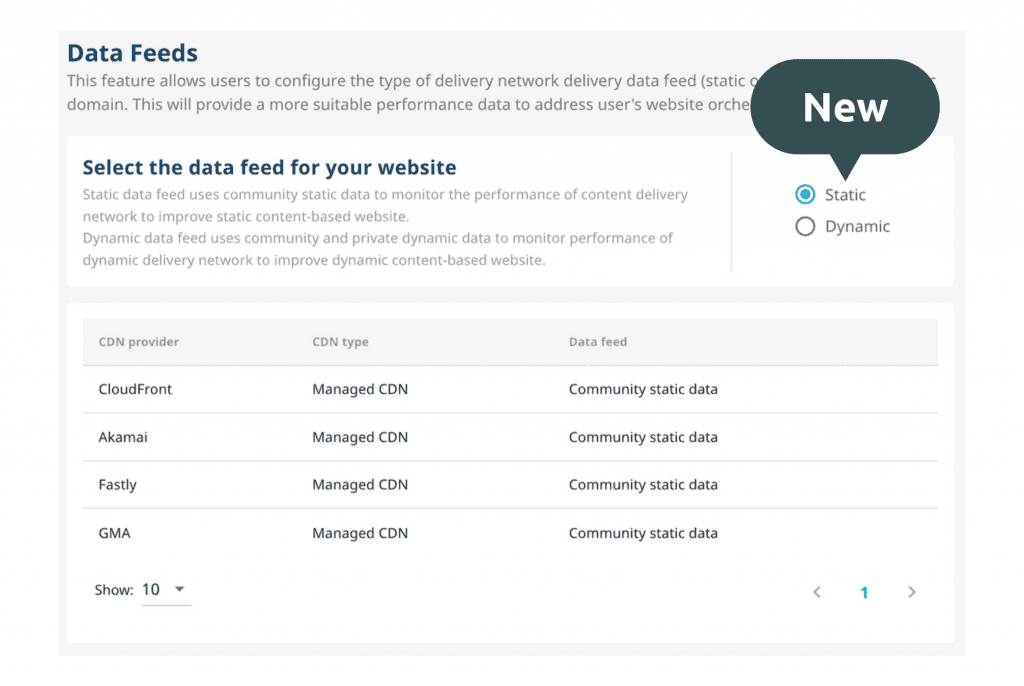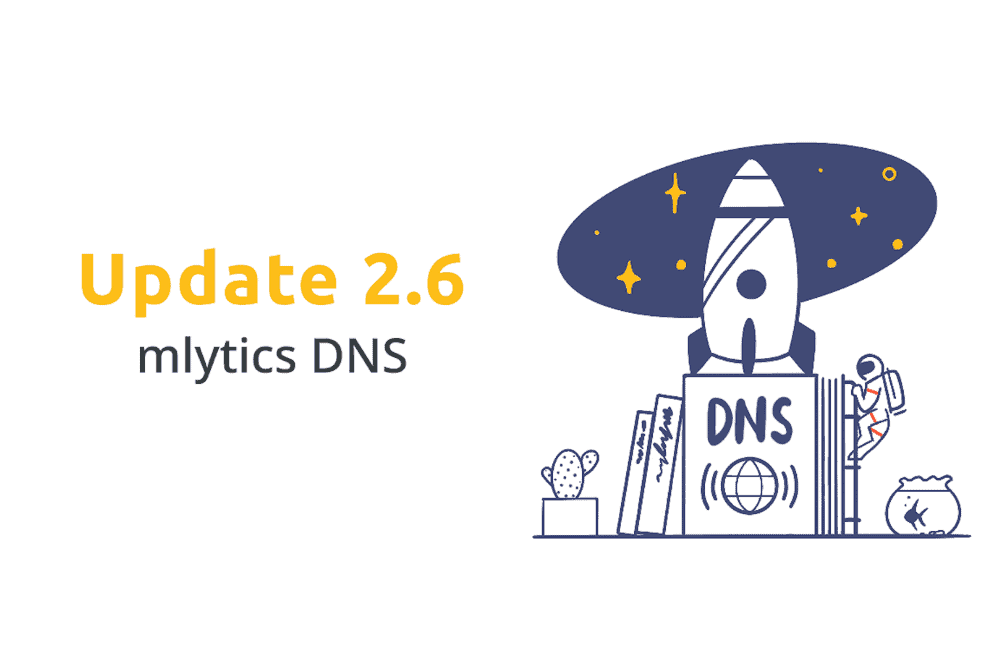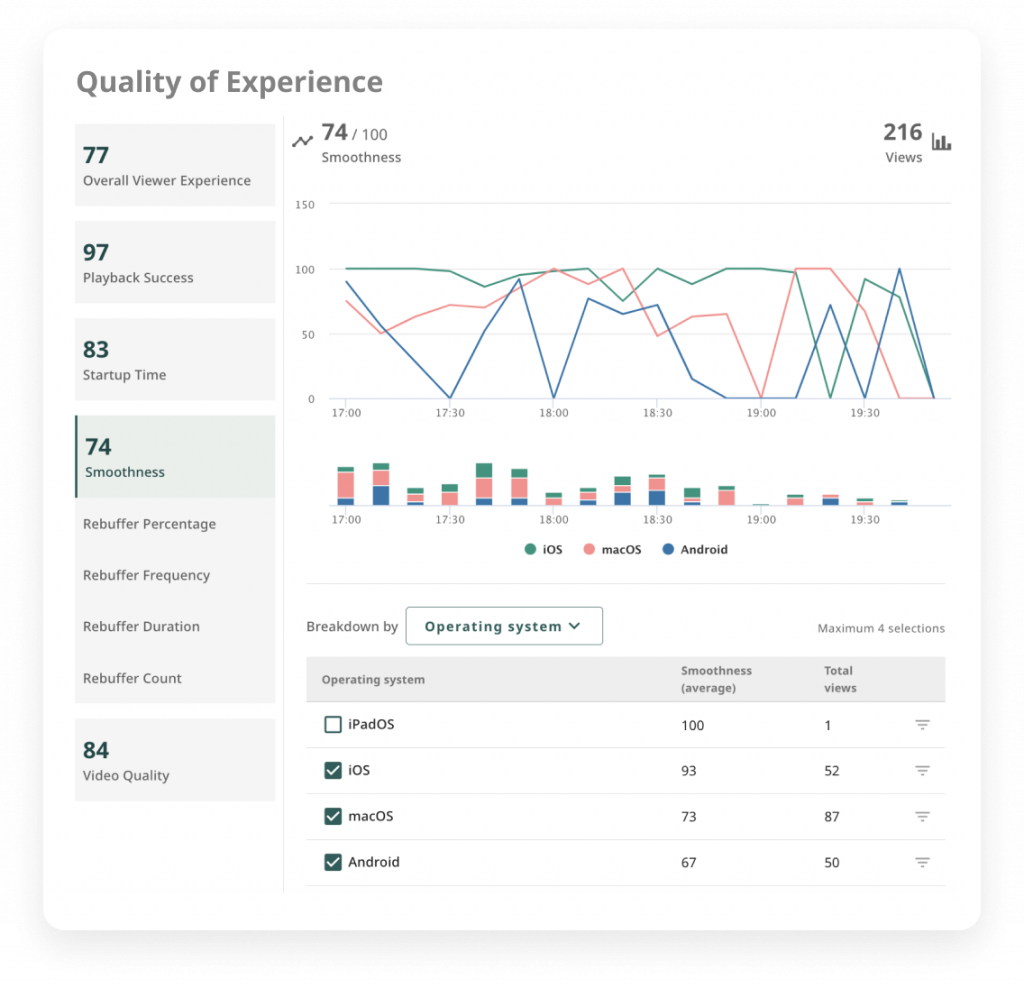“Resilience is key.” – Every online business owner is, or hopefully should be, aware of this. The ability to mitigate large amounts of traffic, and bounce back in the fastest manner possible in case of unforeseen circumstances like downtime, are mission-critical when it comes to a website or web application owner’s business success.
Therefore, we are continuously building towards an internet world where both user and business owner satisfaction, 360 degree security, high performance, and resilience is the norm.
With this update, we are expanding Mlytics’ features to further enhance monitoring and load balancing functionalities, to ensure maximum availability and resilience for websites and web applications.
Let’s take a closer look at what’s new this time…
Mlytics DNS – Introducing instance load balancing on DNS level
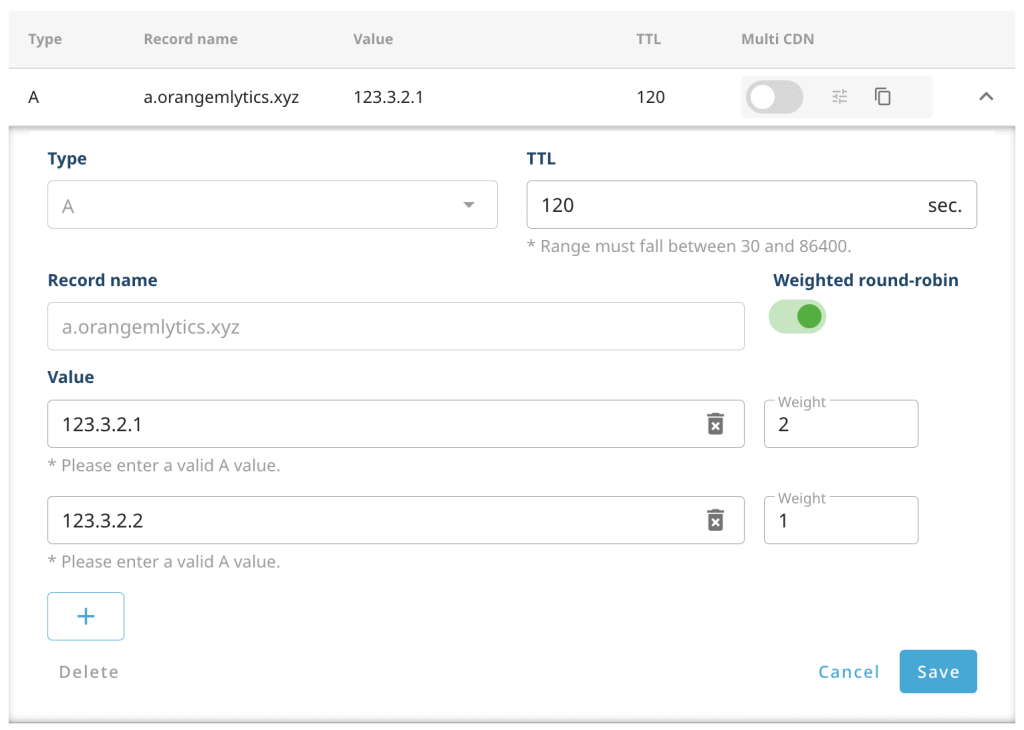
The beating heart of Mlytics’ service offering is its signature Multi CDN solution which allows users to seamlessly leverage multiple CDNs to consistently route traffic to the best-performing CDN, anywhere and anytime.
In addition, Mlytics has successfully built a Multi Cloud solution on the edge level through Origin Shield which enables users to add multiple origins, and allows for traffic being routed to multiple origin servers via various load balancing methods, including round-robin and IP hash. With this solution, all domains that are enabled with Multi CDN and with Origin Shield, can mitigate large traffic spikes, and add resilience in case of outages and downtime.
With this update, we are taking load balancing functionalities further by implementing multi origin load balancing on the DNS level. This allows all user’s domains to route requests to multiple origin servers even if not enabled with Multi CDN, using various load balancing methods such as weighted round-robin and failover. With this, users are still able to enhance performance and resilience, even without a Multi CDN solution.
Furthermore, Mlytics allows all DNS records to bring Time-to-Live or TTL down to 30 seconds. Shortening the TTL accelerates the interval of updating cached DNS records (especially A records), directly minimizing downtime and improving availability. Adding the above features further enables us to support a variety of multi cloud architectures.
Advanced data monitoring – Separating static and dynamic delivery network data feeds
At the core of Mlytics Smart load balancing solution sits synthetic and real user monitoring, constantly feeding the system with mission-critical data to allow for data-driven traffic routing decisions.
With this update, we’re introducing Data Feed, a new feature that allows users to gain granular control over the data required for business-critical decision-making and traffic routing based on their unique situation.
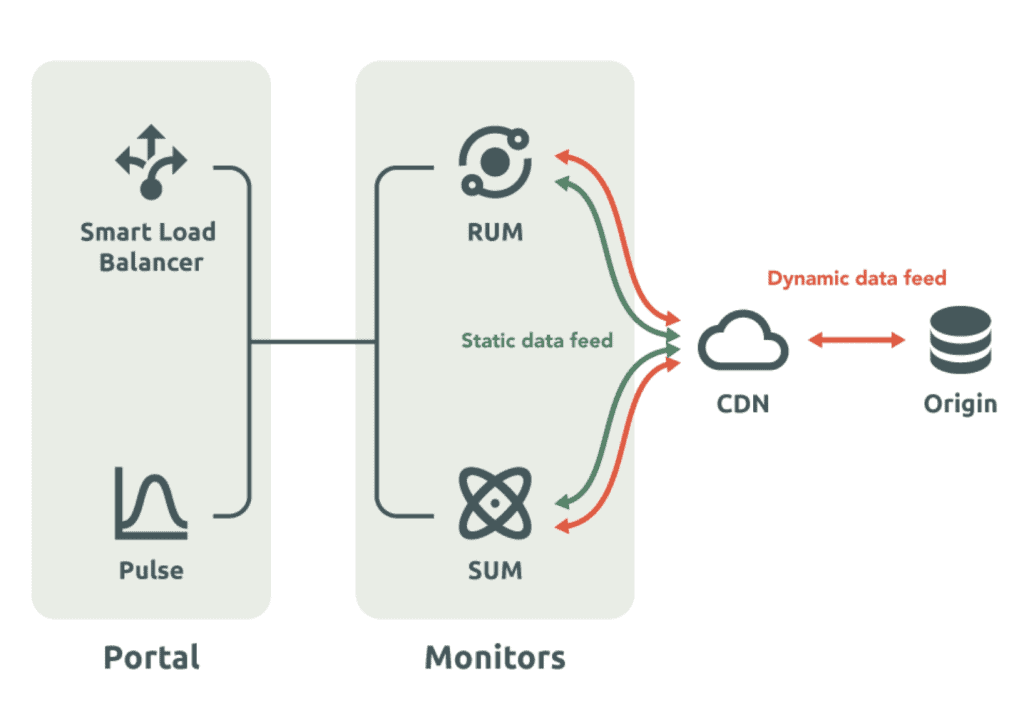
Data Feed differentiates data coming from the content delivery network and the dynamic delivery network and allows users to select the data feed they want to collect their data. This provides users with highly targeted performance and availability data and insights based on their requirements for static or dynamic content-based websites.
In addition, we introduce Monitor Integration, a feature whereby users integrate ‘Monitors’ or machines which collect and monitor performance data, specific to a particular domain. Over the next few months, we’ll be developing a series of Monitors, but with this update, our first focus lies with Monitoring CDN. These are CDNs with the single purpose of collecting and monitoring domain-specific data through the actual delivery network it created.
Typically, data used for analytics and routing decisions comes from a community data pool. This pool of community data is collected from and shared by the community, meaning all its users together. Despite the vastness of this data, and its useful insights, it may not be able to completely represent each user and domain-specific scenario.
With Monitoring CDN, the data is collected from the domain’s actual delivery network, allowing for even more accurate and targeted insights which may address the requirements of the website in an even more targeted manner.
Choosing the appropriate data feed to collect performance data, makes the Smart load balancer even more targeted and aligned to the client’s Multi CDN orchestration and content delivery strategies.
More innovations – Introducing ‘Hubble’, the tool for website and CDN performance monitoring
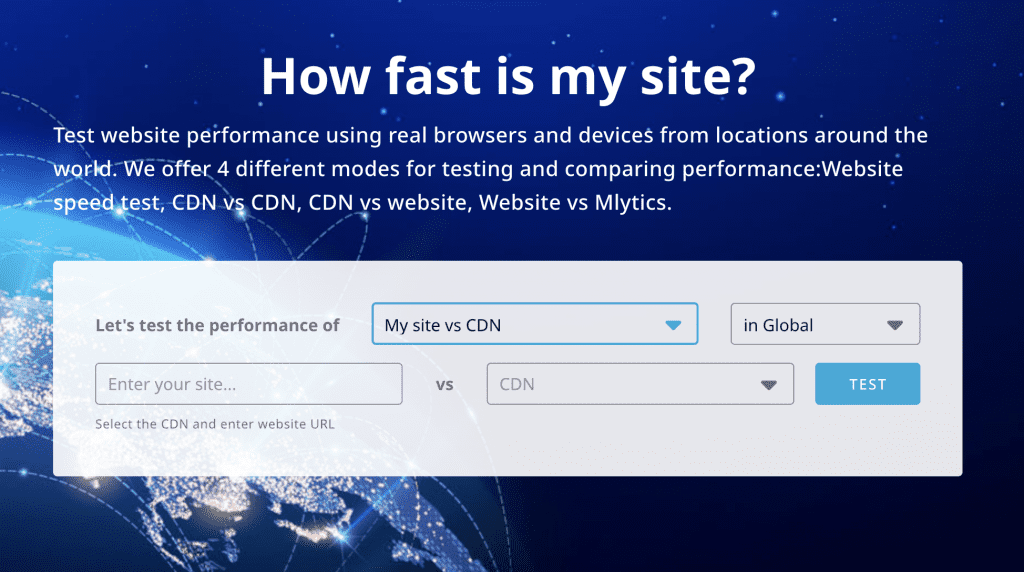
The main purpose of any CDN solution is to improve website and web application performance and resilience. Over the past decades multiple CDN providers have established themselves as trustworthy players in the market, each with their strong suits and challenges. And when considering or evaluating a CDN solution, users meet concerns like the level of improvement a particular CDN would bring, or whether the current content delivery infrastructure fully satisfies their needs.
To help users with CDN-related decision-making, we introduce Hubble, an online test -and analytics tool for website and CDN performance monitoring. Hubble’s test results allow users to objectively benchmark their website and/or CDNs, helping to make better-informed decisions when it comes to implementing or enhancing a CDN solution.
In short – Leading the way to transparency, availability and resilience
With all the updates in place, users are now able to perform load balancing on a DNS level, separate data feeds for static and dynamic content delivery networks and closely monitor website and CDN performance using the Hubble tool. With this, we’re yet another step closer to our goal of building a more reliable digital infrastructure, which enhances users’ website and web applications availability and resilience, and supports a variety of multi cloud architectures.
